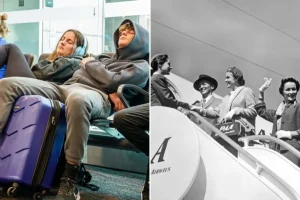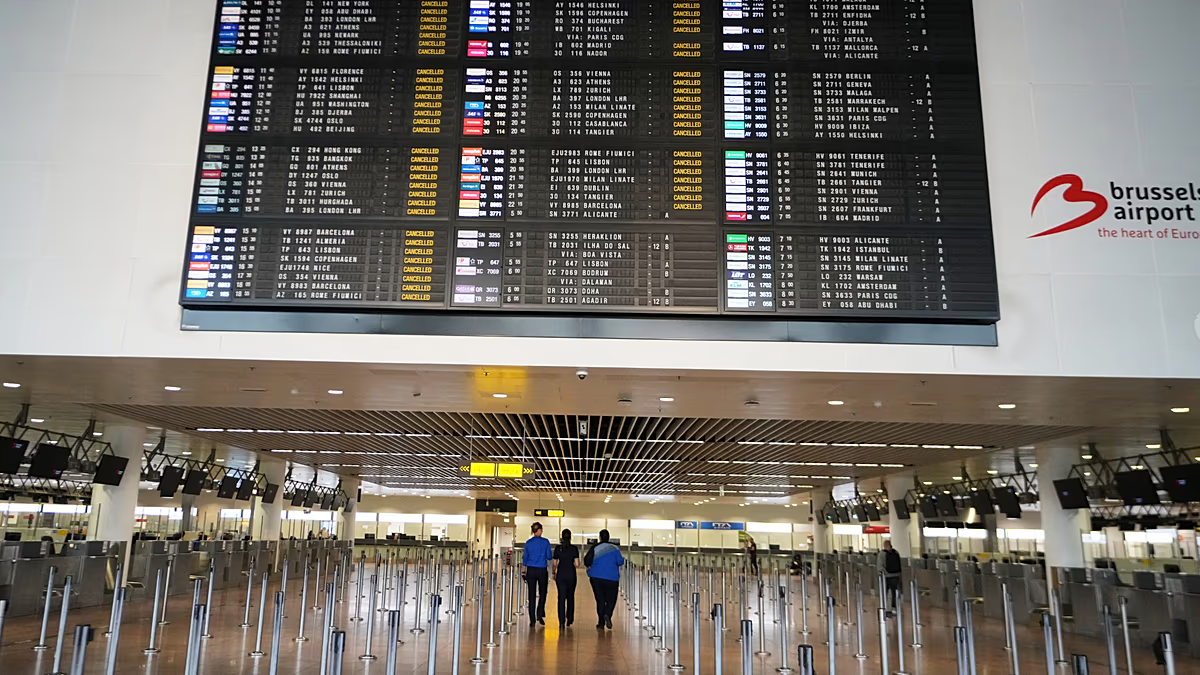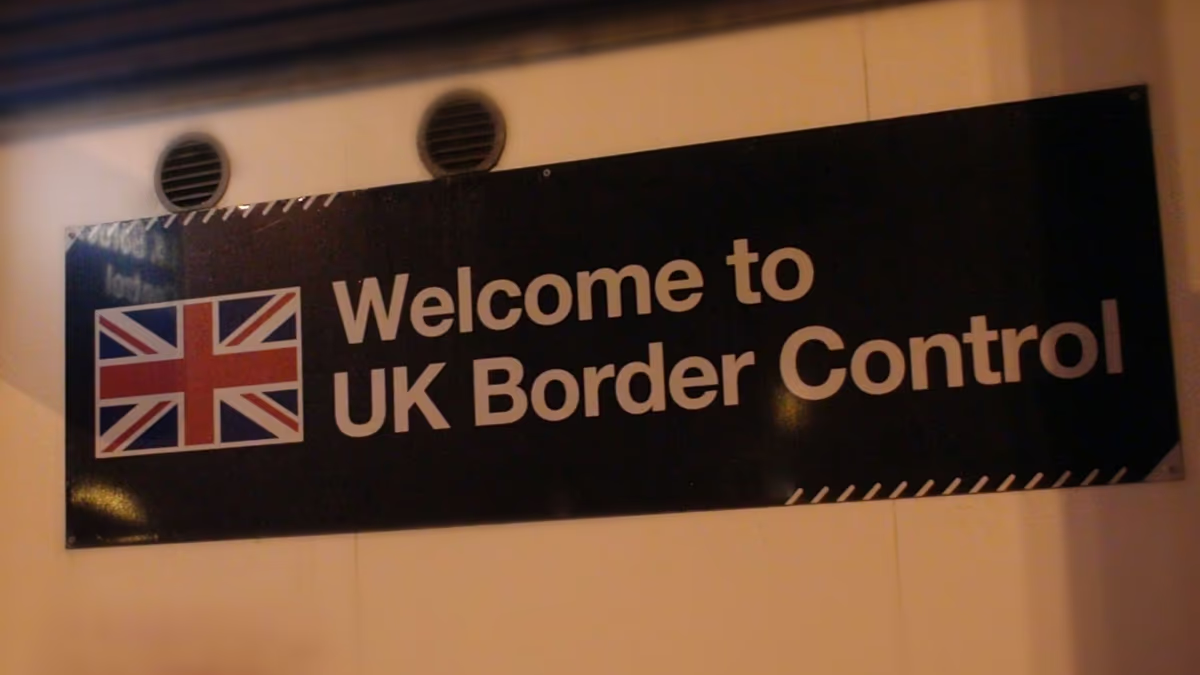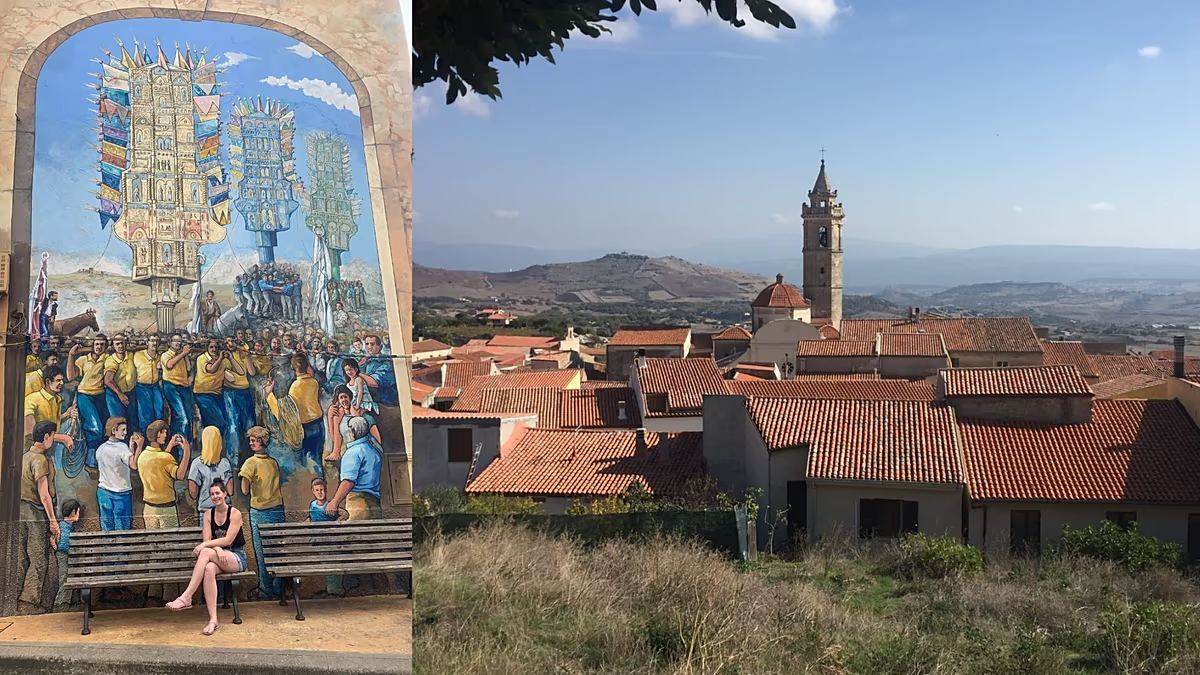TfL Digital Services Down as Londoners Seek Alternative Routes
In the bustling heart of London, frustration mounted today as Transport for London’s digital infrastructure collapsed at the worst possible time. Commuters and travelers attempting to navigate the city found themselves unable to access vital journey information when both the TfL website and mobile application experienced simultaneous outages. The timing couldn’t have been worse, as many Londoners were actively seeking alternative routes through the capital’s complex transportation network.
The digital disruption left thousands of regular commuters staring at error messages instead of bus times, tube statuses, or cycling routes. For tourists unfamiliar with London’s labyrinthine transport system, the outage proved particularly challenging, forcing many to rely on physical maps or the kindness of locals for directions. “I was just trying to figure out how to get to my meeting after discovering my usual line was suspended,” explained Sarah, a marketing professional from Hackney. “Then suddenly, nothing worked—not the app, not the website. It was like being transported back to the pre-smartphone era.”
Transport authorities acknowledged the technical difficulties through limited communication channels, promising engineers were working to restore services “as quickly as possible.” Meanwhile, at major interchange stations like King’s Cross and Victoria, information desk staff faced long queues of passengers seeking assistance. The human impact of the digital failure highlighted London’s deep dependence on technology for daily mobility, with many regular commuters realizing how reliant they’d become on real-time travel updates and journey planners.
The outage coincided with what appeared to be higher-than-usual disruption across multiple transport modes, though without access to the status updates, travelers were left guessing about the extent of any problems. Social media quickly became an impromptu information exchange, with Londoners sharing updates about their journeys and alternative routes. “Avoid Northern Line – complete standstill at Camden” and “Bus replacement working well from Hammersmith” were among the helpful citizen-generated alerts circulating online as community spirit emerged from the technological breakdown.
For the city’s vulnerable travelers—including those with mobility challenges, visual impairments, or anxiety conditions—the loss of reliable information created additional stress. Organizations supporting accessible travel reported increased calls for assistance, while some community volunteers stepped up to help guide disoriented travelers at major stations. “I depend on the app to check step-free access and plan my journey,” mentioned Alex, a wheelchair user traveling to a hospital appointment. “Without it, I had to allow an extra hour just in case I encountered inaccessible stations.”
As afternoon turned to evening rush hour, with digital services still intermittent, the resilience of Londoners shone through. Impromptu carpools formed, walking groups assembled, and bike-sharing usage spiked as people found creative solutions to their travel challenges. While TfL worked to restore normal digital operations, the day served as a reminder of both the city’s vulnerability to technological disruption and its remarkable human capacity to adapt. Transport officials promised a thorough investigation into the cause of the outage, with particular focus on preventing similar incidents during peak travel periods in the future.











